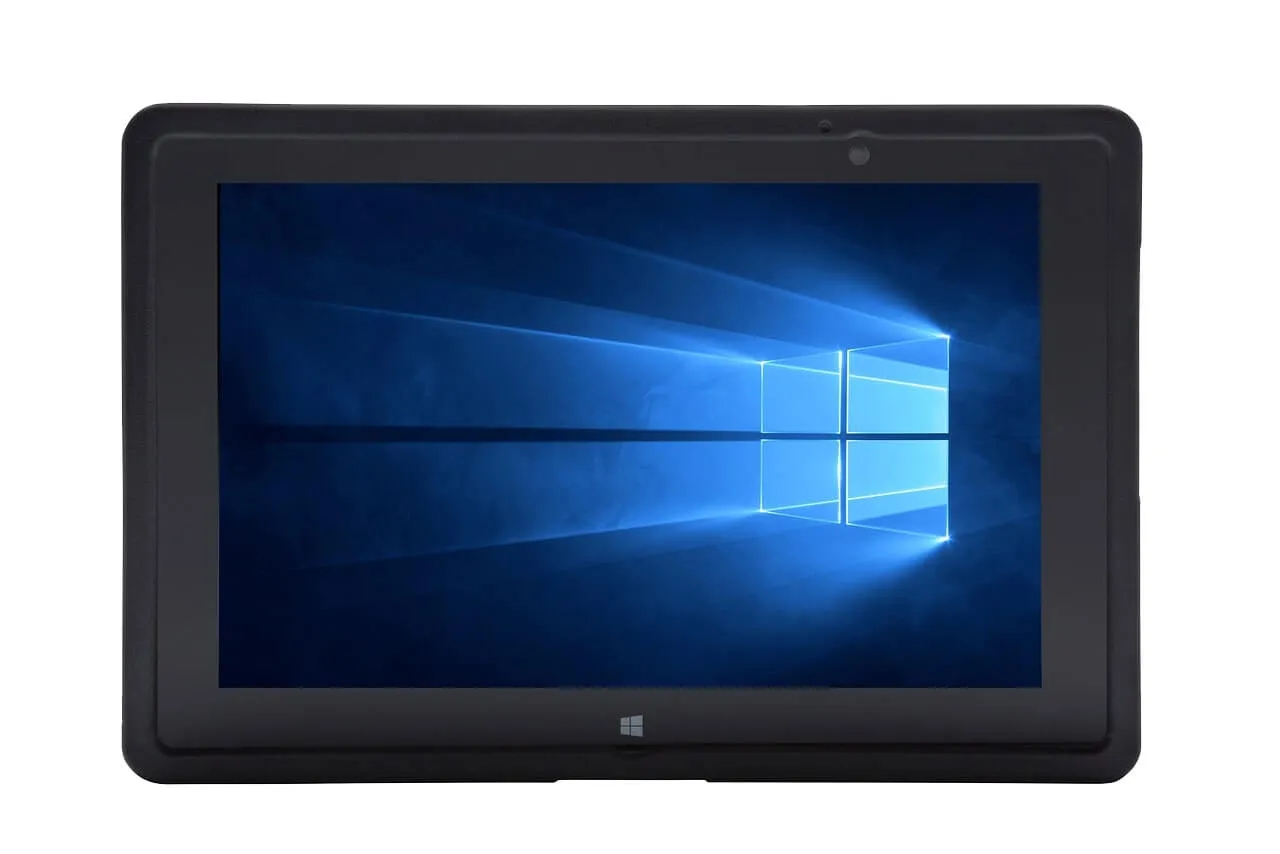Understanding ATEX Certification for Rugged Devices: Ensuring Safety in Hazardous Environments
Posted on 09/09/2024

When working in environments where explosive gases or dust are present, safety is paramount. This is where ATEX certification becomes essential. ATEX (short for "Atmosphères Explosibles") is a European Union directive that ensures devices used in potentially explosive atmospheres are safe and meet strict safety requirements.
In this blog, we’ll explore what ATEX certification is, why it’s crucial for rugged devices like tablets and laptops, and how to choose the right ATEX-certified equipment for your hazardous environment.
What is ATEX Certification?
ATEX refers to two European directives for controlling explosive atmospheres:
- Directive 2014/34/EU: Governs equipment and protective systems intended for use in potentially explosive atmospheres.
- Directive 99/92/EC: Concerns minimum requirements for improving the safety and health of workers potentially at risk from explosive atmospheres.
Equipment that meets ATEX certification is designed to prevent ignition in explosive atmospheres, making it essential for industries such as oil and gas, chemical processing, mining, and others where safety is critical.

Key Zones and Equipment Groups
ATEX classifies environments into zones based on the likelihood of an explosive atmosphere being present:
- Zone 0: Constant risk of explosive atmospheres (e.g., inside a tank).
- Zone 1: Frequent risk (e.g., areas near processing equipment).
- Zone 2: Occasional risk (e.g., areas where leaks might occur).
Equipment is also classified into groups:
- Group I: Equipment used in underground mining.
- Group II: Equipment used in other explosive environments.
Rugged tablets and laptops must be certified according to the specific zone and group relevant to their intended use.
Why ATEX Certification Matters for Rugged Devices
Choosing ATEX-certified rugged devices is crucial for several reasons:
- Safety: These devices are designed to prevent sparks or heat that could ignite an explosive atmosphere, protecting both the workforce and the environment.
- Compliance: ATEX certification ensures that your equipment complies with European safety standards, which is often a legal requirement.
- Reliability: ATEX-certified devices are built to withstand harsh conditions while maintaining safety, ensuring consistent operation in hazardous areas.
For example, a rugged tablet used in a Zone 1 environment must be ATEX-certified to ensure it doesn’t pose an ignition risk, even when exposed to flammable gases.
How to Choose the Right ATEX-Certified Device
When selecting an ATEX-certified rugged device, consider the following:
- Zone Classification: Ensure the device is certified for the specific ATEX zone it will be used in.
- Durability: Look for devices that combine ATEX certification with other rugged features, such as MIL-STD certifications for shock, vibration, and temperature resistance.
- Manufacturer Reputation: Choose manufacturers with a strong track record in producing ATEX-certified equipment. Reviews and case studies can provide insights into the device’s real-world performance.

Conclusion
ATEX certification is a critical factor in ensuring safety and compliance in hazardous environments. By choosing the right ATEX-certified rugged tablets or laptops, you can protect your workforce, ensure legal compliance, and maintain reliable operation in the most challenging conditions.
Want to learn more?
Contact us for advice on selecting the right ATEX-certified device for your circumstances, or explore our other articles on rugged computing solutions.
